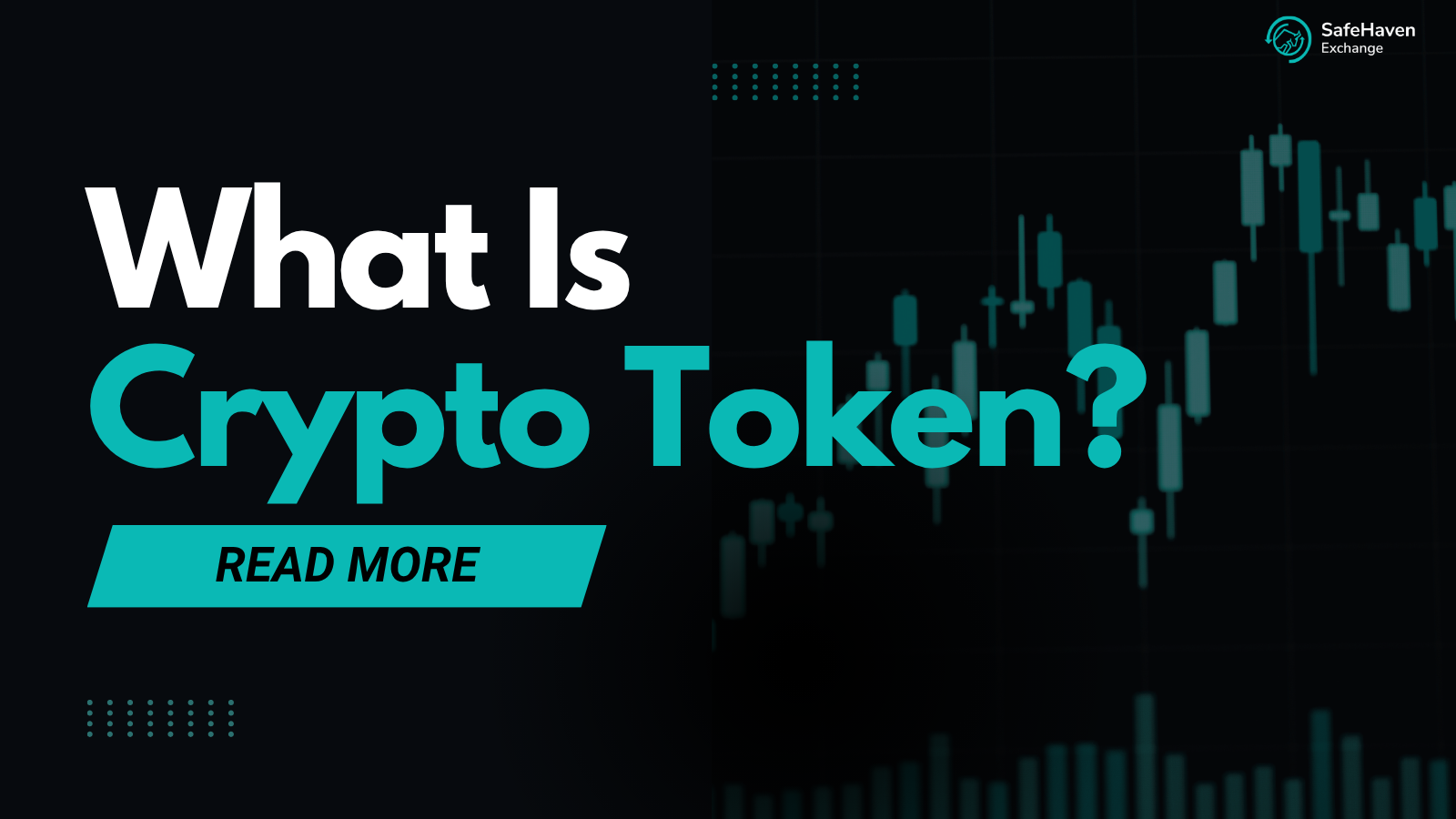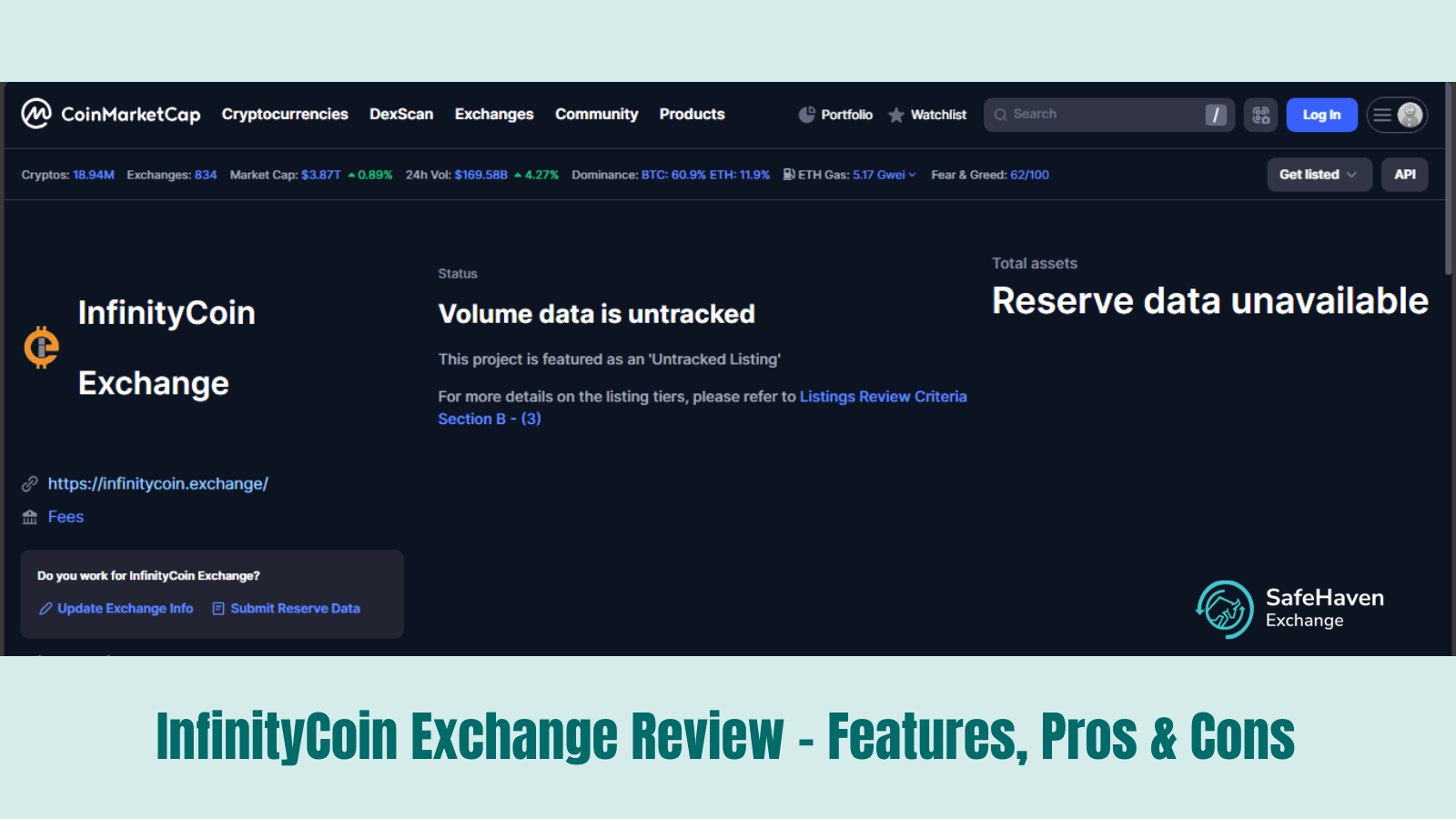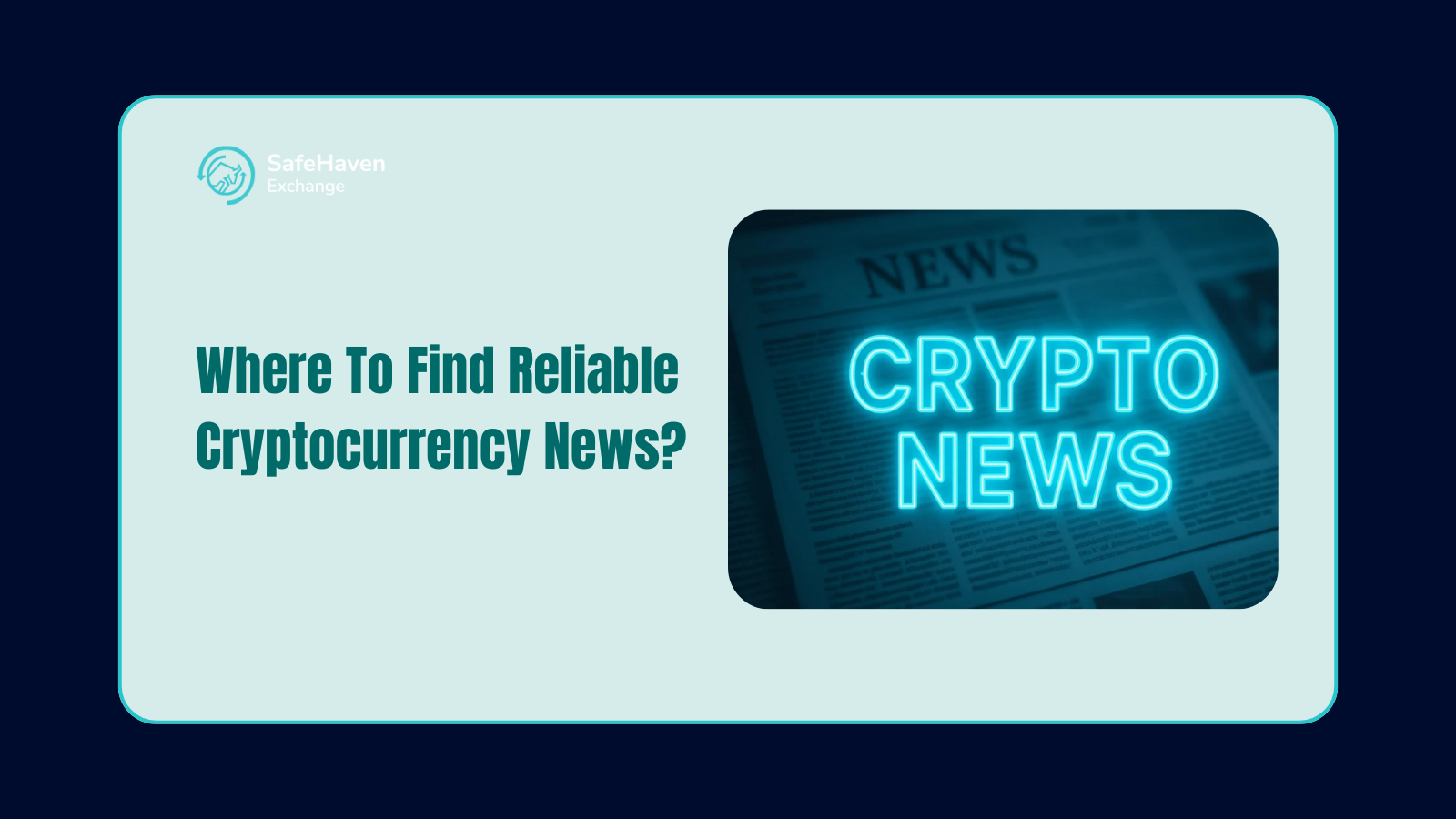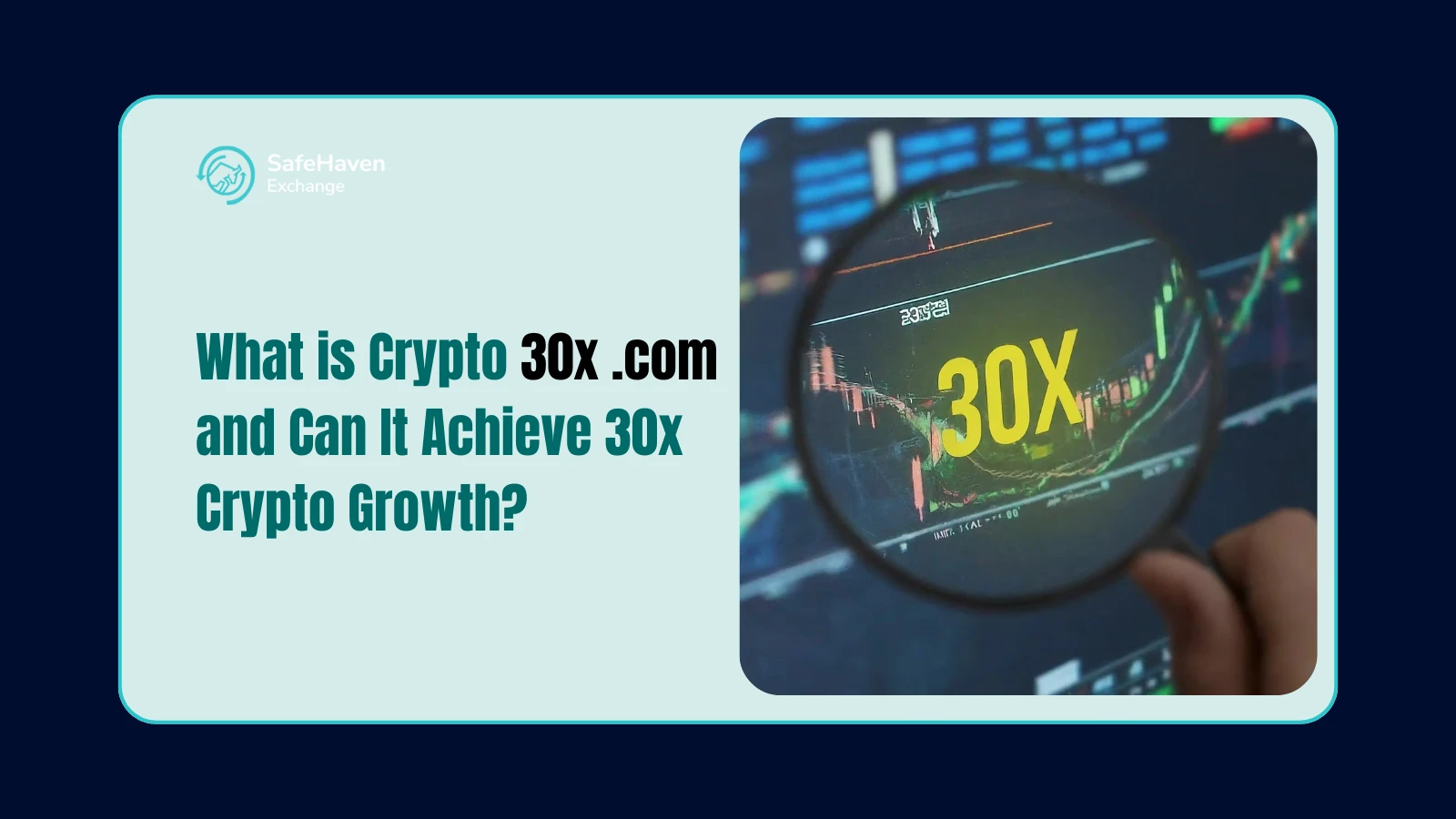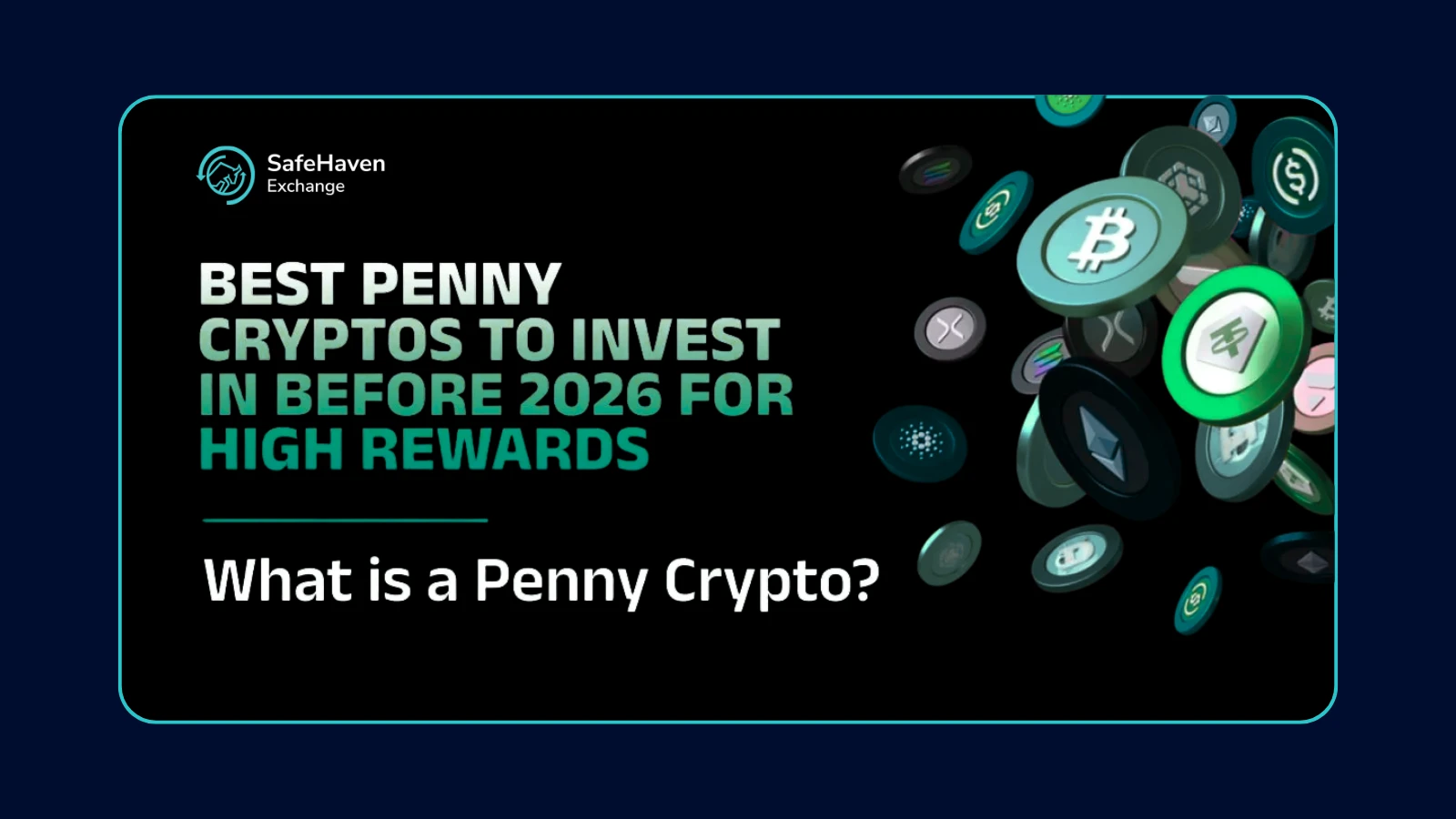In recent years, the world of digital assets has grown immensely, and among the many terms thrown around, one of the most fundamental is “crypto token.” Whether you’re a curious beginner or someone looking to deepen their understanding of blockchain, this guide will help you grasp the essentials of crypto tokens, how they differ from cryptocurrencies, how they work, and why they matter in the broader decentralized ecosystem.
Introduction to Blockchain Technology
To understand tokens, you must first understand blockchain. Blockchain is a decentralized, distributed ledger technology that records transactions across multiple computers in a way that ensures security and transparency. It is the backbone of most digital assets, including cryptocurrencies and tokens.
What Are Digital Assets?
Digital assets are anything that exists in a digital form and comes with a distinct usage right or ownership. This includes cryptocurrencies like Bitcoin, stablecoins like USDT, and tokens that power decentralized applications.
What Is a Crypto Token?
A crypto token is a digital unit of value created and managed on an existing blockchain. Unlike standalone cryptocurrencies such as Bitcoin or Ethereum, tokens rely on a blockchain’s infrastructure, often using smart contracts to function. Tokens can represent a wide range of assets or utilities — from voting rights and real-world assets to exclusive access in an app or service.
While the term is often used interchangeably with “cryptocurrency,” there are notable differences between the two, which we’ll explore in detail later.
Types of Crypto Tokens
There are several different categories of tokens, each serving a specific purpose in the blockchain ecosystem:
- Utility Tokens: Provide access to a product or service.
- Security Tokens: Represent ownership of a real-world asset (like equity or debt).
- Governance Tokens: Offer voting power in decentralized protocols.
- Stable Tokens: Pegged to real-world currencies like USD or assets like gold.
- Non-Fungible Tokens (NFTs): Represent ownership of unique items, like digital art or game items.
Utility Tokens vs. Security Tokens
Utility tokens are commonly used within decentralized apps to access features or services. Think of them like digital coupons.
Security tokens, on the other hand, are regulated assets. They represent stakes in real-world financial assets such as real estate or company stock. These are subject to federal laws and must pass the Howey Test in the U.S.
How Crypto Tokens Are Created
Tokens are generally created using smart contracts on a blockchain platform. Ethereum is the most widely used blockchain for token creation, but others like Binance Smart Chain (BSC), Solana, and Polygon are growing in popularity.
The process includes:
- Defining the purpose of the token
- Writing a smart contract (commonly in Solidity for Ethereum)
- Deploying it on the blockchain
- Distributing the token via mechanisms like Initial Coin Offerings (ICOs) or Airdrops
How Crypto Tokens Work
Tokens function based on pre-programmed rules coded into smart contracts. These rules govern how tokens are transferred, spent, or destroyed. Every transaction is recorded immutably on the blockchain, making the process secure and transparent.
Smart Contracts and Their Role
Smart contracts are self-executing contracts where the terms are directly written into code. They eliminate the need for intermediaries and enable tokens to automate tasks like:
- Escrow
- Voting
- Distribution of dividends
- Verification of ownership
Common Use Cases of Crypto Tokens
Crypto tokens have a wide variety of real-world applications:
- Decentralized Finance (DeFi): Lending, borrowing, yield farming, and insurance.
- Gaming and Metaverse: In-game assets and currencies.
- Supply Chain: Tracking goods across production stages.
- Digital Identity: Securing personal credentials on-chain.
- Real Estate: Fractional ownership of property.
Popular Crypto Tokens and Their Purposes
Here are a few examples of well-known tokens and their uses:
- Uniswap (UNI): Governance token for the Uniswap protocol.
- Chainlink (LINK): Incentivizes data oracles for smart contracts.
- Aave (AAVE): Governance and staking token for the Aave lending platform.
- USD Coin (USDC): A stablecoin pegged to the U.S. dollar.
Crypto Tokens vs. Cryptocurrencies
It’s important to distinguish between cryptocurrencies and tokens:
| Feature | Cryptocurrencies | Tokens |
|---|---|---|
| Blockchain | Native to their blockchain (e.g., Bitcoin, Ethereum) | Built on existing blockchains |
| Function | Store of value, medium of exchange | Access, utility, ownership rights |
| Examples | BTC, ETH | LINK, UNI, USDC |
The Importance of Token Standards
To ensure compatibility across platforms and wallets, most tokens follow established technical standards. For example:
- ERC-20: Standard for fungible tokens on Ethereum
- ERC-721: Standard for non-fungible tokens
- BEP-20: Binance Smart Chain equivalent to ERC-20
These standards make it easier for developers and users to work with tokens securely.
Tokenomics: The Economics Behind Tokens
Tokenomics refers to the economic model behind a token’s creation, distribution, and value maintenance. It includes:
- Total supply and circulation
- Burn mechanisms
- Staking incentives
- Governance rules
- Demand and utility
A strong tokenomics model ensures long-term viability and user engagement.
Investing in Crypto Tokens: What to Know
While investing in tokens can be profitable, it comes with high volatility. Here are some tips:
- Study the whitepaper and team background
- Check tokenomics and utility
- Understand the market demand
- Beware of scams or rug pulls
- Diversify your portfolio
Risks and Challenges
Crypto tokens, like all digital assets, face several risks:
- Regulatory Uncertainty: Laws differ by country and are evolving.
- Scams: Fake tokens and rug pulls can wipe out your investment.
- Volatility: Prices can swing wildly.
- Security: Smart contract bugs and hacks.
Future of Crypto Tokens
The tokenization of assets is expected to revolutionize industries. From real estate to art, we will likely see traditional assets digitized and traded more efficiently using tokens.
Web3 projects, DAOs (Decentralized Autonomous Organizations), and decentralized identity systems will also continue to rely heavily on token infrastructure.
How to Get Started With Tokens
Want to explore tokens? Here’s a basic roadmap:
- Set up a wallet (e.g., MetaMask)
- Choose a platform like Ethereum or BSC
- Purchase tokens via exchanges (Coinbase, Binance)
- Store your tokens securely
- Explore use cases (staking, lending, governance, etc.)
Final Thoughts
Understanding what is a crypto token is essential in navigating the digital asset landscape. These digital assets are much more than just digital money; they represent access, ownership, governance, and much more. As blockchain adoption increases, tokens will become integral to how we interact online, make decisions, and exchange value.
Whether you’re investing, building a dApp, or just curious, crypto tokens are a fundamental building block of the decentralized future. And now, you’re one step closer to mastering the blockchain basics.

